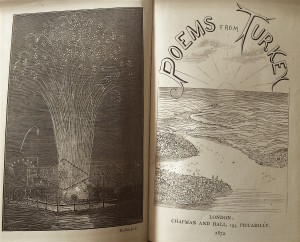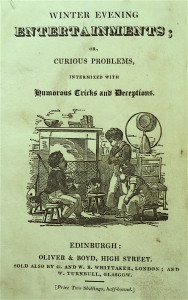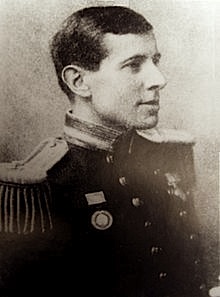The late Richard Boston (1938 -2006 ) was an interesting man. He was a columnist for the Guardian,a writer on beer in the early days of Real Ale, the author of Beer and Skittles, a history of the English pub, the biographer of Rabelais’s translator Urquhart, who allegedly died o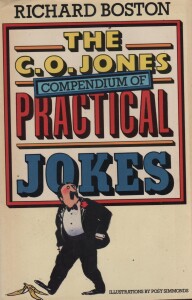 f laughter after hearing that Charles II had been restored to the throne, and the editor of the short-lived magazine The Vole, a pioneering ecological magazine. Boston lived in the same village ( Aldworth ) as Richard Ingrams and was friendly with him. He was also a pal of the artist and writer John Piper ( though Frances Spalding’s biography neglects to mention this fact ) and it was Piper, who may have supported The Vole
f laughter after hearing that Charles II had been restored to the throne, and the editor of the short-lived magazine The Vole, a pioneering ecological magazine. Boston lived in the same village ( Aldworth ) as Richard Ingrams and was friendly with him. He was also a pal of the artist and writer John Piper ( though Frances Spalding’s biography neglects to mention this fact ) and it was Piper, who may have supported The Vole
financially, who told me that Boston had gone into depression when the magazine had folded. Subsequent to this I asked Boston to contribute an appreciation of Geoffrey Grigson for the festschrift I was preparing for his eightieth birthday in March 1985. Boston seemed happy to comply and his piece was one of the best in the book.
Fast forward to 2002 and on walking in sweltering heat from Streatley station to Aldworth to interview Ingrams for Book and Magazine Collector, I passed Boston’s cottage and thought about knocking on his door to say hello. I didn’t do so, but I regret it now. Boston died just a few years later, a rather forgotten figure by this time. His titles appear occasionally in second-hand bookshops, but one I have never encountered is The C.O. Jones Compendium of Practical Jokes,which luckily cropped up in a pile at Jot HQ the other day. It was published in 1982, which was the year in which my Hertfordshire Shell Guideappeared, and was illustrated by the lovely Posy Simmonds, who was another of my interviewees. But that’s a story for later.
Boston was primarily a humorist. All those who knew him said that he couldn’t be serious for very long and had a particular penchant for practical jokes. Even the title of The C.O. Jones Compendium of Practical Jokescontains a pun on the Spanish word for testicles ( cojones, geddit ?). The running joke in the book is the identity of the mysterious Mr Jones, who remains a mysterious, and distinctly subversive figure—rather like Boston himself— right to the end. Continue reading

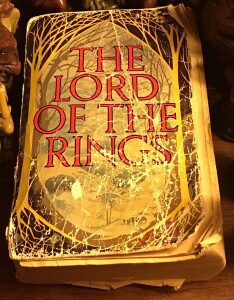

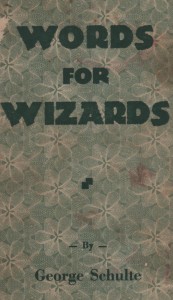
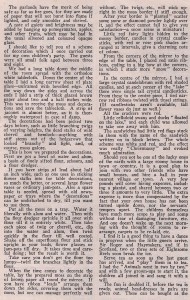
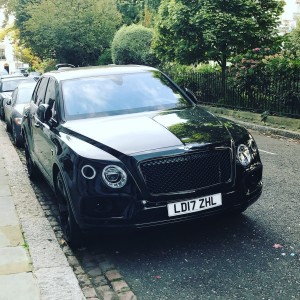
 1870 edition, this with an introduction by the actress Margaret Rutherford (memorable as an early Miss Marple). Her piece has a quirky style and a good glimpse of the older actress Marie Tempest playing Patience back stage:
1870 edition, this with an introduction by the actress Margaret Rutherford (memorable as an early Miss Marple). Her piece has a quirky style and a good glimpse of the older actress Marie Tempest playing Patience back stage: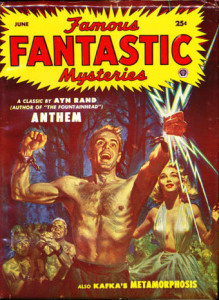 this amusing game that can be played using an iPhone or laptop. One player picks 3 people of seemingly equal fame and then all the players have to say (in order) who has the highest google rating i.e. number of hits. It is best when searching to put the full name in inverted commas – e.g. “Kevin Bacon.” Players score 1 point for naming the person with the most hits and an extra 2 points for naming all 3 in correct order. First to ten , at that point you can play again but one session is usually enough. Try Marcel Proust, Jorge Luis Borges and Vladimir Nabokov. The leader is Borges at 7.88 million, Proust at 4.68 and Nabokov at 3.3 million.
this amusing game that can be played using an iPhone or laptop. One player picks 3 people of seemingly equal fame and then all the players have to say (in order) who has the highest google rating i.e. number of hits. It is best when searching to put the full name in inverted commas – e.g. “Kevin Bacon.” Players score 1 point for naming the person with the most hits and an extra 2 points for naming all 3 in correct order. First to ten , at that point you can play again but one session is usually enough. Try Marcel Proust, Jorge Luis Borges and Vladimir Nabokov. The leader is Borges at 7.88 million, Proust at 4.68 and Nabokov at 3.3 million.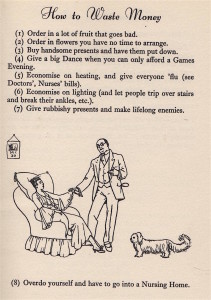
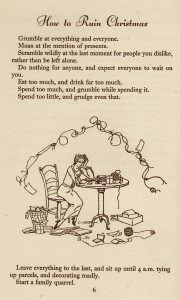
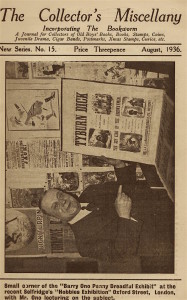
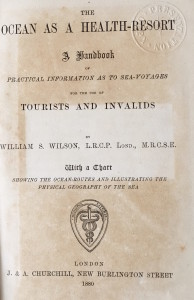
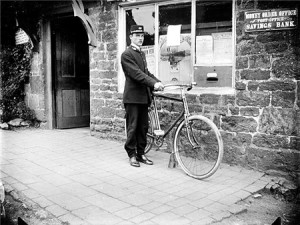
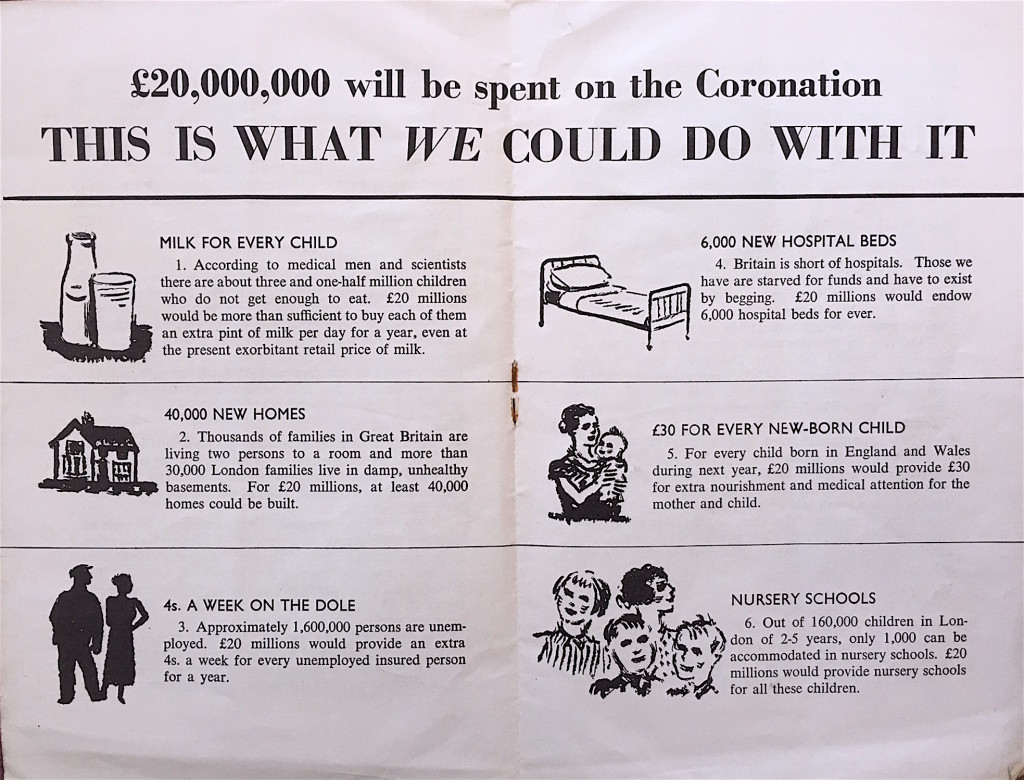
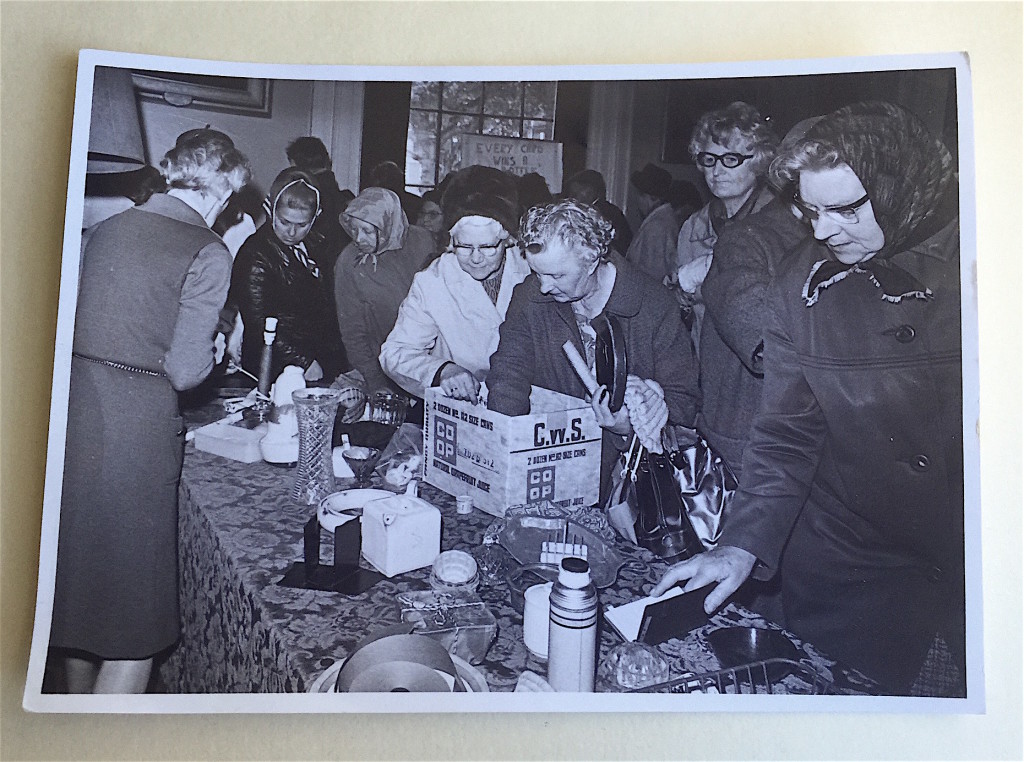
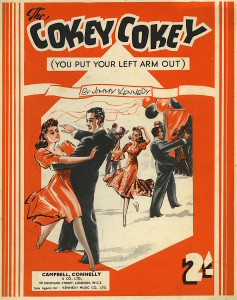 Found- some sheet music for the song The Cokey Cokey which later became the song (and dance) the Hokey Cokey. This is what it is all about… There are many theories about its origins – dealt with at Wikipedia and in a
Found- some sheet music for the song The Cokey Cokey which later became the song (and dance) the Hokey Cokey. This is what it is all about… There are many theories about its origins – dealt with at Wikipedia and in a 